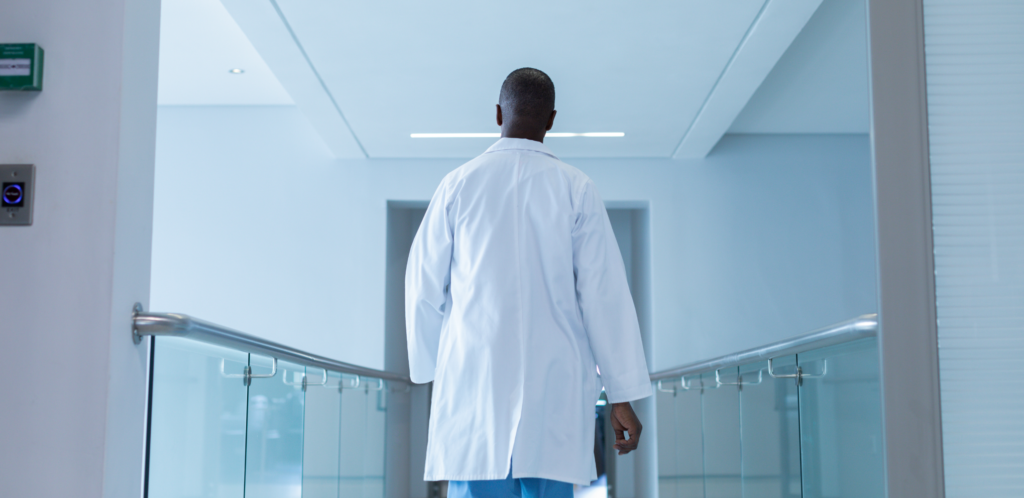“The seismic shock felt throughout primary care” is the way the American Academy of Family Physicians (AAFP) describes the impact of COVID-19.
And now, as the medical community works to regain its balance, private practice providers are faced with what could best be described as career- and life-altering decisions about what to do next. States have opened up and people are getting back to work and their favorite everyday activities. But now, virus cases are surging in regions of the country. Progress on the road to recovery is still in flux.
Medical practices are the longstanding bedrock of so many communities. Sidelined by the Coronavirus crisis, private practice physicians — like hospitals that are now opening up for non-essential surgeries and other procedures — are also striving to get back to ‘normal’ operations. But with pay cuts, employee furloughs, adding an extra half-day off to help lessen the payroll load and more — will it be enough to keep practices stable? From new waiting room protocols and mask-wearing requirements to social distancing prerequisites, COVID-19 is weighing heavily on our medical institutions. And this is true whether you are based in a small, rural town or a big city. To keep track of this moving target, private practices and other facilities are pressed to stay well-informed on public health guidance, patient management and current regulatory requirements. In addition, what it takes to build up patient confidence to return for routine visits to private practices, is yet another part of this challenging mix.
Keeping Practices Open
What private practice physicians are dealing with in terms of keeping their practices running is certainly enough reason to give one pause. Solo practices and large health systems and federally qualified health centers are undergoing a massive stress test in the face of COVID-19, according to the AAFP.

In the month of June, according to a HealthLandscape report, an estimated 60,000 family practices will close or be significantly scaled back, and 800,000 of their employees will be laid off, furloughed or have their hours reduced as they see a decline in business due to the pandemic. Other reporting from Medical Economics indicates that most small practices have no more than two or three months of operating expenses in reserve.
So, how do we help? How do we find answers to questions like these below?
- Will the loss of private practices nationwide be yet another public health crisis?
- If and when private practices close because of a lack of patients or insufficient payment to cover basic costs, what happens?
For physicians with private practices, the onslaught of COVID-19 has made everyday actions all the more burdensome, like reimbursement cuts and office technology upgrades. Private practice physicians are struggling. Some statistics have indicated a drop by 50% to 80% of in-office patient visits. The pandemic has also prompted more physicians (32%) to think about leaving direct patient care roles entirely, reports Revcycle Intelligence.
” Reporting indicates that most small practices have no more than two or three months of operating expenses in reserve.”
- The Primary Care Collaborative (PCC) reports that financial burdens for primary care practices are at record levels, with face-to-face patient volume down by 50%, and many offices forced to close.
- Although telehealth has helped facilitate some patient visits, a significant percentage of clinicians have been denied reimbursement for telehealth visits, reports the PCC. For many practices, virtual health is not making up economically for the loss of face-to-face visits.
- Advocates for relief have called on Congress to establish a grant program to extend financing to small primary care practices for the purposes of implementing telemedicine technology in their practices.
What the Future Holds
Despite the unprecedented issues physicians are dealing with, we do see some signs of hope. The opening of non-essential surgeries and other procedures happening in hospitals and surgery centers across the country is ongoing. As private practices experience encouraging indicators and more patients return for routine visits, that too will lessen the COVID-19 impact. The goal is to ultimately regain your footing, bring back furloughed employees, see patients for check-ups and more, and to keep pushing forward.
Over the years we have worked with physicians who owned their own practices and for one reason or another sought out locum tenens. Pre-COVID-19, a lot of providers with practices would turn to locums for a break from the responsibilities, or to gain experience in a new setting or use it as just a great way to earn adjunct income. Now, in this COVID-19 era, we are rooting for all of our private practice physicians to meet their goals, personal and professional. Let us know if we can help.
“The goal is to ultimately regain your footing, bring back furloughed employees, see patients for check-ups and more, and to keep pushing forward.”



